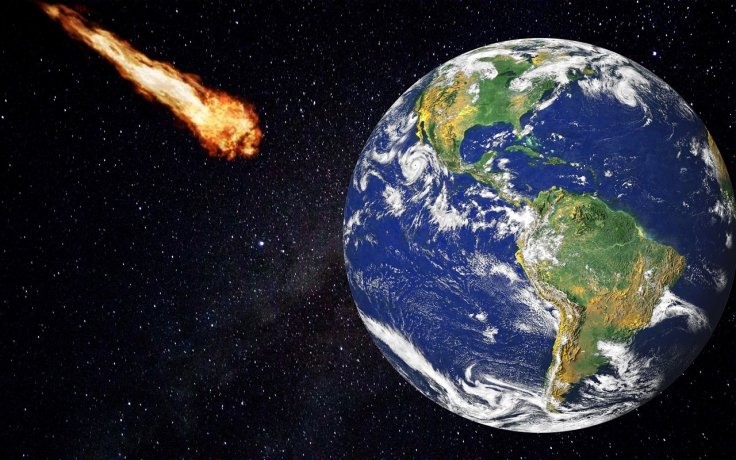A giant asteroid with a diameter of 2,034 feet will have its close approach towards the earth on December 26, a day after Christmas. NASA, the United States space agency revealed that this space body named 310442 (2000 CH59), will be closest to the earth at around 02.54 AM EST.
Will asteroid CH9 hit the earth?
NASA's Center for Near-Earth Object Studies (CNEOS) added that this dangerous space rock is now screeching across space at a mindblowing speed of 27,500 miles per hour. At the point of close approach, this asteroid will be almost 4.5 million miles away from the earth.
Even though this distance seems quite huge in human terms, it is not that far in astronomical terms, considering the vastness of the universe. However, during this close approach, the chances of this asteroid colliding with the earth are pretty slim.

"At its closest, CH59 will be about 19 times farther than the moon. Over many centuries and millennia, these asteroids might evolve into Earth-crossing orbits. So it is prudent to keep tracking them for decades to come and to study how their orbits might be evolving," Paul Chodas, director of CNEOS told Newsweek.
Russia and the US working to protect planet earth
NASA has been busy developing a planetary defence weapon to protect the earth from an asteroid hit in the future. Using this weapon, NASA aims to deflect an approaching asteroid from its original collision course trajectory.
In the meantime, Russia's space agency Roscosmos has also apparently started its planetary protection mission. The space agency will soon create a centre devoted to monitoring space bodies that include near-earth objects. Authorities in Russia are expected to approve this research centre in mid-2020 and it will remain operational until 2030. Roscosmos will also build a series of advanced telescopes on the moon to track dangerous asteroids.








